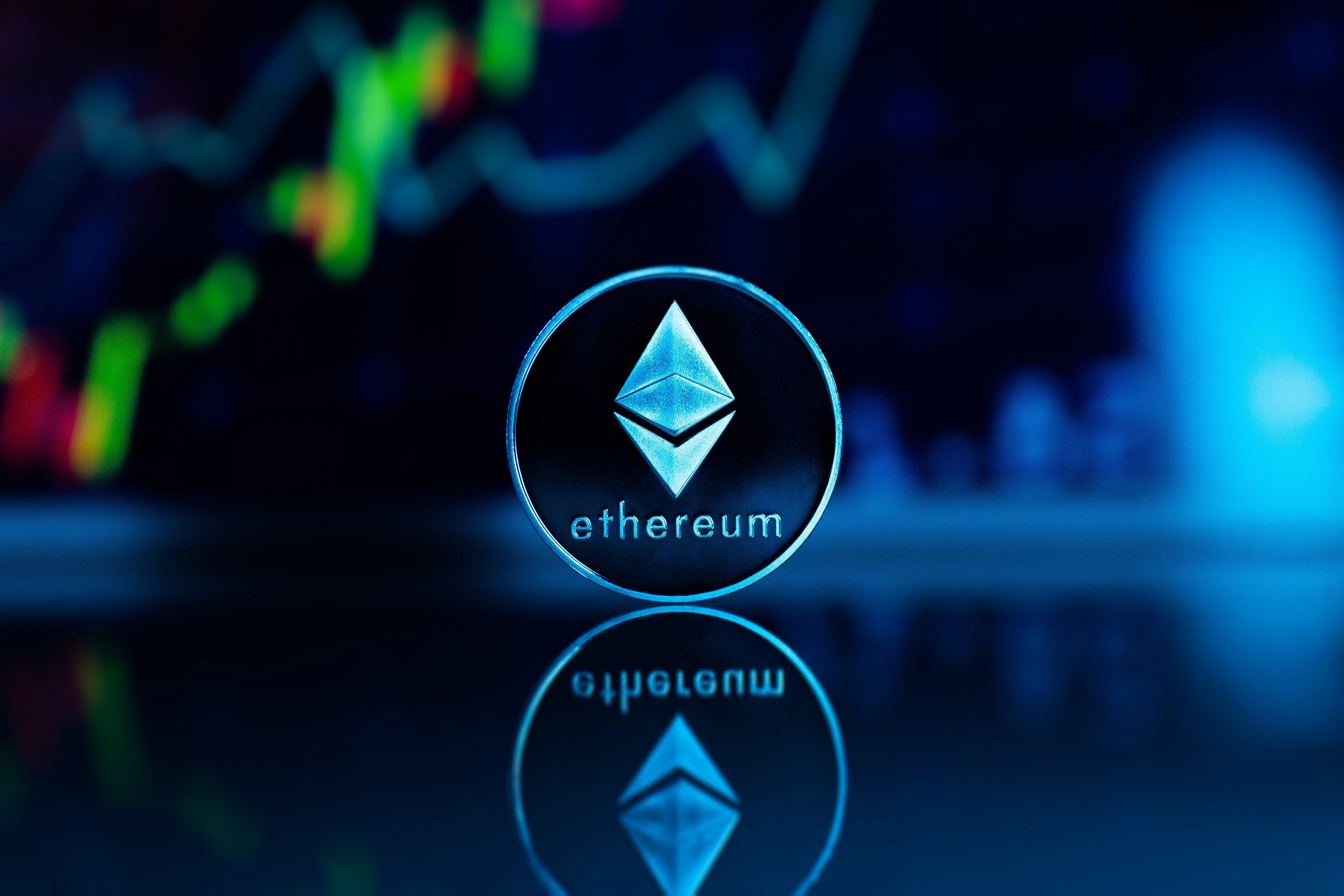Unraveling Ethereum's Dark Forest and Miner Extractable Value (MEV)
(MENAFN- Mamba Digital Ltd)
Uncover the risks and challenges posed by front-running and sandwich attacks. Delve into the mechanics of MEV extraction, including backrunning, frontrunning, priority gas auctions, and transaction censorship. Understanding Ethereum's Dark Forest and MEV is intricate. Utilizing resources like the automated trading bot, Ethereum Code, can simplify this journey.
Understanding Ethereum's Dark Forest
When we talk about the Dark Forest in Ethereum, we are referring to the realm where transactions take place before they are included in a block and added to the blockchain. It is a space where traders, investors, and developers engage in various activities, hoping to execute their transactions swiftly and efficiently.
Front-running occurs when an opportunist spots a pending transaction and intentionally executes a similar transaction with higher gas fees, pushing the original transaction further down the line. This can result in unfair advantages, particularly for those with insider knowledge or sophisticated tools. Sandwich attacks, on the other hand, involve manipulating transaction ordering to exploit price discrepancies between different trades.
The Dark Forest is also a breeding ground for Miner Extractable Value (MEV), which further complicates the transaction landscape. MEV refers to the value that miners can extract from transactions by reordering, censoring, or including certain transactions in blocks. Miners have the power to influence the order of transactions and can prioritize those that yield the highest profits for themselves.
The Dark Forest of Ethereum is a dynamic and complex environment, riddled with challenges such as front-running and sandwich attacks. The presence of MEV adds another layer of complexity, as miners can extract additional value by manipulating transaction ordering. To fully grasp the implications of MEV, we must delve deeper into its mechanics and explore its impact on the Ethereum ecosystem.
The Basics of Miner Extractable Value (MEV)
To truly understand the intricacies of MEV, it is important to define what it represents in the Ethereum ecosystem. MEV refers to the additional value that miners can obtain by exploiting their position in the transaction ordering process. Miners have the authority to choose the sequence of transactions to include in a block, and this power enables them to extract value beyond the standard block rewards and transaction fees.
Historically, MEV extraction has evolved alongside the growth of Ethereum and its decentralized applications. Early instances of MEV extraction were limited, but as the ecosystem expanded, so did the opportunities for miners to maximize their gains. MEV can have a significant impact on Ethereum's scalability and transaction processing, as it introduces complexities and inefficiencies in the transaction ordering mechanism.
As Ethereum continues to thrive and attract more users, developers have started exploring strategies to maximize MEV extraction. These strategies involve identifying and exploiting profitable opportunities, such as arbitrage possibilities and flash loans. Through these techniques, miners can capture the value that arises from price discrepancies, liquidity imbalances, or other exploitable situations.
The Mechanics of MEV Extraction
MEV extraction encompasses various techniques that miners employ to extract additional value from transactions. One prominent method is backrunning and frontrunning transactions. Backrunning involves inserting a transaction between two existing transactions, while frontrunning entails prioritizing a transaction by including it before others in a block. By strategically manipulating the order of transactions, miners can take advantage of price movements and profit from their privileged position.
Additionally, miners can engage in priority gas auctions. When a user submits a transaction with a high gas fee, miners can intercept and replace that transaction with a higher gas fee, essentially auctioning off the priority to execute it. This practice allows miners to maximize their earnings by capitalizing on users' willingness to pay higher fees for expedited transaction processing.
MEV extraction also involves censorship of transactions. Miners have the ability to exclude or delay certain transactions from being included in a block, particularly those that may be disadvantageous to their profit-seeking motives. By censoring transactions, miners can potentially prevent competitors from taking advantage of lucrative opportunities or secure a higher chance of including their own transactions with MEV potential.
Sophisticated tools and platforms have emerged to facilitate MEV extraction. Some services specialize in monitoring and analyzing the mempool, where pending transactions reside, to identify profitable opportunities for miners. These tools provide insights into transaction sequencing and enable miners to optimize their strategies for extracting MEV. Furthermore, decentralized exchanges (DEXs) have become a focal point for MEV extraction, as miners can exploit the order execution process and prioritize their own transactions to enhance their profits.
Conclusion
While MEV extraction offers lucrative opportunities for miners, it raises concerns of fairness and trust within the ecosystem. Exploring these techniques underscores the need for mitigating MEV's negative impacts and fostering transparency and integrity. As Ethereum continues to evolve, addressing MEV becomes crucial for promoting a more equitable and efficient network.

Legal Disclaimer:
MENAFN provides the
information “as is” without warranty of any kind. We do not accept
any responsibility or liability for the accuracy, content, images,
videos, licenses, completeness, legality, or reliability of the information
contained in this article. If you have any complaints or copyright
issues related to this article, kindly contact the provider above.
Most popular stories
Market Research

- Alchemy Markets Launches Tradingview Integration For Direct Chart-Based Trading
- Next Generation Management Corp. (OTC: NGMC) Announces Strategic Shift Toward Digital Commerce Acquisitions
- Falconx Launches First Ethereum Staking Rate Forwards (Fras) Referencing Treehouse's TESR
- Everstake Expands Institutional Solana Services With Shredstream, Swqos, And Validator-As-A-Service
- T-REX Launches Intelligence Layer To Fix Web3's Value Distribution Problem
- Ethereum-Based Defi Crypto Mutuum Finance (MUTM) Raises Over $16 Million With More Than 720M Tokens Sold

















Comments
No comment